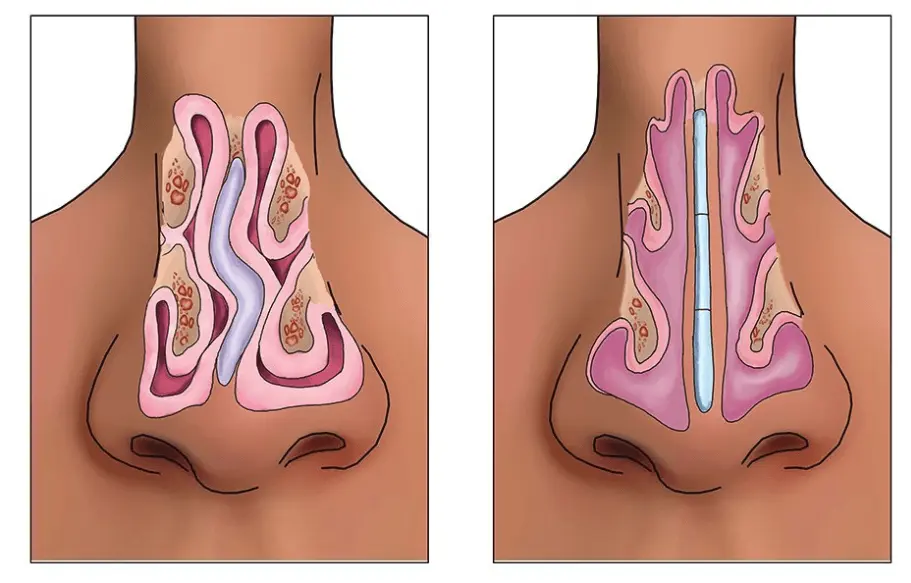As far as anesthesia is concerned, during the consultation, the anesthesiologist will himself inform the patient of the anesthetic risks.
It is important to know that anesthesia induces in the organism reactions that are sometimes unpredictable and more or less easy to control: the fact of having recourse to a perfectly competent Anesthetist, practicing in a truly surgical context, means that the risks incurred have become statistically very low.
Indeed, it is important to know that techniques, anesthetic products and monitoring methods have made immense progress over the last thirty years, offering optimal safety, especially when the operation is performed outside the emergency room and in a healthy person.
As far as the surgical procedure is concerned: by choosing a qualified and competent Plastic Surgeon, trained for this type of intervention, you limit these risks as much as possible, without however completely eliminating them.
Fortunately, real complications are rare following a properly performed septoplasty. In practice, the vast majority of procedures are trouble-free and patients are fully satisfied with the results. However, despite their rarity, you should be aware of the possible complications:
Bleeding: it is possible in the first few hours but usually remains very moderate. When they are too severe, they may justify a new, more extensive wicking, or even a repeat operation in the operating room.
Hematomas: they may require evacuation if they are large or too painful.
Infection: despite the natural presence of microbes in the nasal fossae, an infection following a septoplasty in Tunisia is very rare. If it occurs, it quickly justifies an appropriate treatment.
Unsightly scars: they can only concern external scars (when they exist) and are only very rarely so unsightly as to require a touch-up.
Skin injuries: although rare, they are always possible, often as a result of a nasal splint or smoking. Simple wounds or erosions heal spontaneously without leaving any traces, unlike skin necrosis, which is fortunately exceptional and often leaves a small area of scarred skin.
Mucosal and cartilage damage: a few rare cases of perforation of the nasal septum have been reported when the septum had to be reshaped. This septal perforation often goes unnoticed, but can sometimes generate an annoying wheezing sound and then warrant surgical repair.
*Disclaimer: Results may vary from person to person depending on the morphology of the patient.


